Next Level Racing GT-Lite Rig: Common Complaints and Issues Explained
Discover common complaints about the Next Level Racing GT-Lite sim racing rig and its issues.
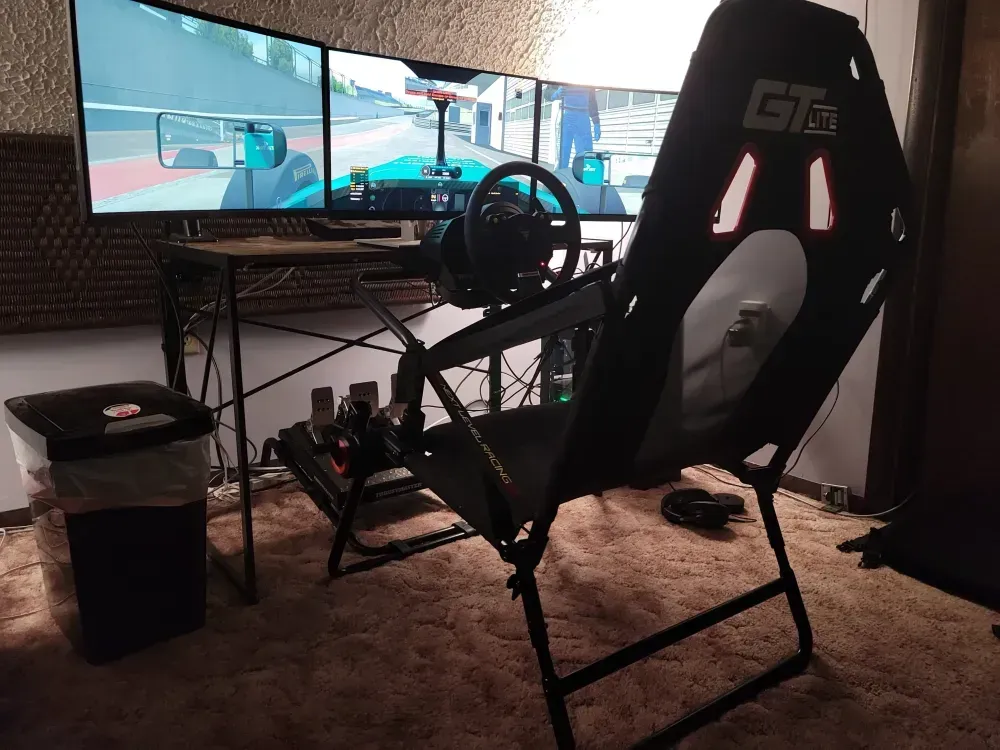
The Next Level Racing GT-Lite Foldable Sim Racing Rig has gained significant attention among sim racing enthusiasts, largely due to its space-saving foldable design, affordability, and compatibility with a range of racing wheels and pedals. However, as with any product, it's not all perfect, and users have pointed out some key issues that potential buyers should be aware of. While the GT-Lite offers solid performance and decent build quality for the price, it’s not without its drawbacks.
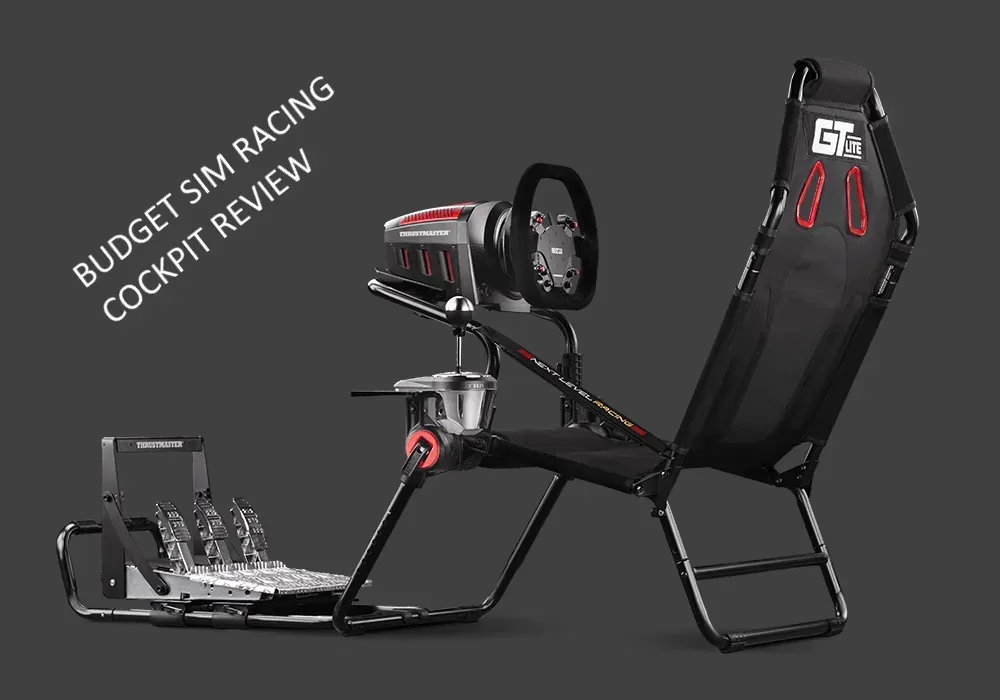
In my experience, comfort and stability are two major factors that determine whether a racing rig is truly worth investing in. While the GT-Lite’s foldable nature offers an appealing advantage for those with limited space, there are several aspects that might cause frustration after extended use. Whether it’s assembly challenges, issues with adjustability, or concerns about the stability of the wheel and pedal supports, there’s a fair amount to consider before committing to this rig. In this article, I’ll dive into some of the common complaints about the GT-Lite, giving you an honest, experience-based review that highlights both its strengths and weaknesses. If you’re considering this rig for your own sim racing setup, read on to get a thorough breakdown of the potential problems you might face.
Comfort and Ergonomics: A Matter of Adjustment
One of the most common complaints about the Next Level Racing GT-Lite is its comfort—or rather, the lack thereof. Several users, myself included, have reported discomfort during long racing sessions. While the seat is marketed as comfortable enough for extended use, many of us have found that the back support can be lacking, especially when you’re settled in for several hours. For instance, I noticed that the seat’s backrest felt too low even when adjusted to its highest position, causing lower back strain.

To mitigate this, users have suggested adding lumbar support pillows or adjusting the seating position, but these aren’t always ideal solutions. The GT-Lite’s design does allow for some adjustments, but it’s not as flexible as higher-end rigs. If you're someone who spends hours on end in front of the wheel, this may become an issue. Tall users especially seem to have a harder time finding the right position, as the backrest doesn’t rise enough to offer sufficient support.
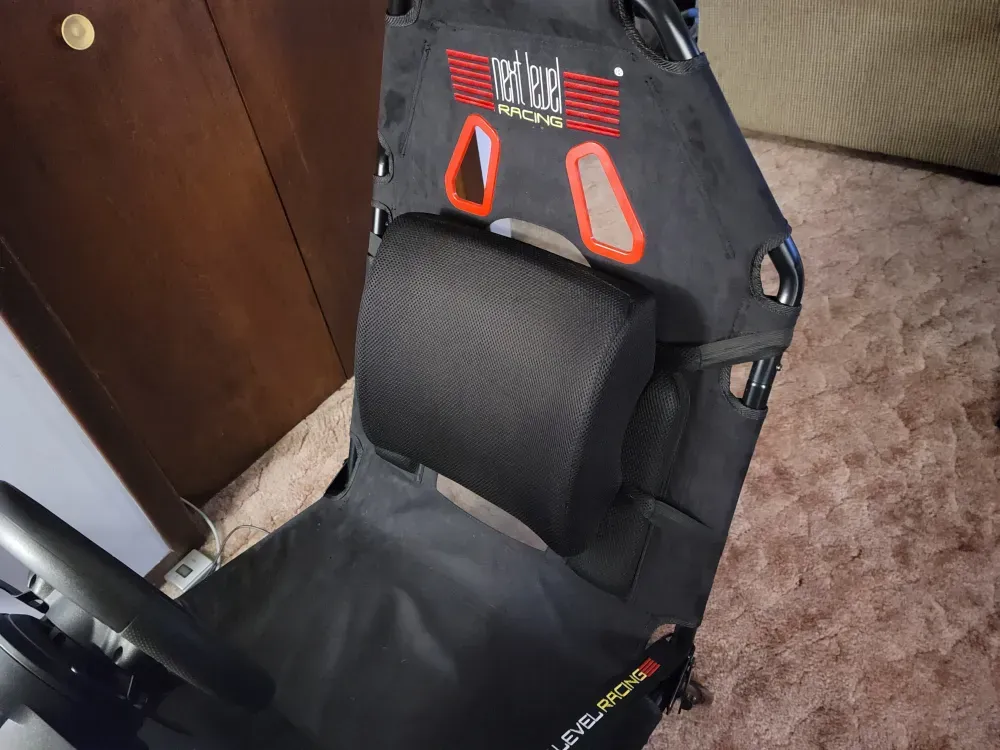
While comfort is subjective, this is a concern to keep in mind if you plan on using the rig for long sessions. The addition of ergonomic pillows can help, but it’s not a perfect fix. If comfort is a priority for you, the GT-Lite may not be the best choice out of the gate.
Assembly: More Complicated Than Expected
Another area where the GT-Lite falls short is in its assembly process. As simple as it may look in the promotional images, assembling the rig can be a bit more complicated than it initially seems. Some users have noted that the instructions could be clearer, and the process might require more effort than expected. I experienced this firsthand—what should have been a straightforward setup turned into a half-hour of trial and error.
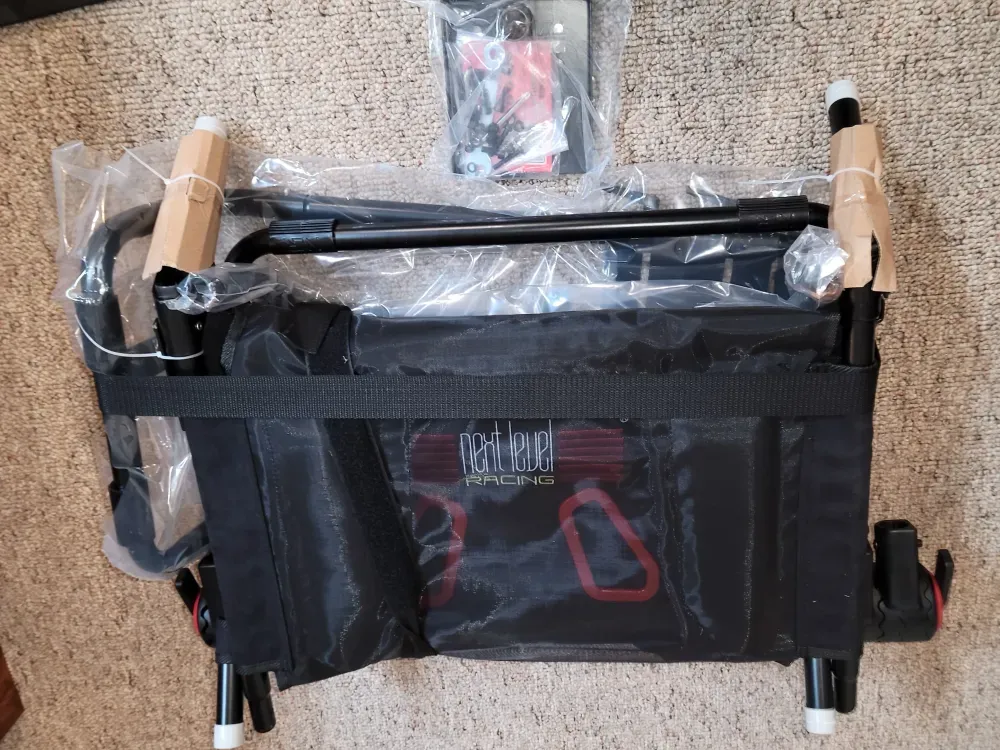
The parts themselves are relatively lightweight, but the assembly process can be confusing due to unclear labeling and the need to adjust certain parts multiple times. It’s not necessarily a dealbreaker, but if you’re someone who values an easy, hassle-free setup, this might frustrate you. In comparison, other rigs in the same price range, like the Playseat Challenge, offer a more intuitive assembly process.
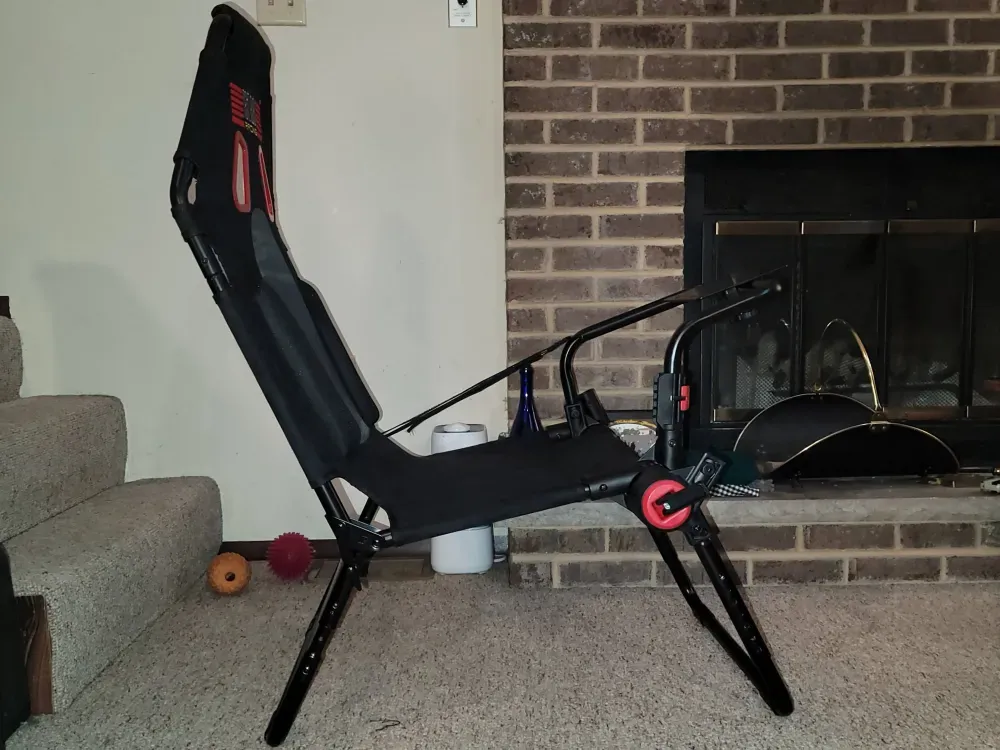
While the rig is ultimately usable once it’s assembled, don’t expect a quick setup out of the box. Take your time and be patient, as it’s clear that the GT-Lite’s assembly process could benefit from some refinement.
Stability Concerns: Pedal and Wheel Flexing
One of the more critical issues reported by users revolves around the stability of both the wheel stand and the pedal tray. The pedal tray, in particular, has been noted for flexing under heavy braking, especially when using high-force pedals. I found this to be true during my own testing—after a few hard braking moments, the tray seemed to buckle slightly, resulting in a less stable experience.
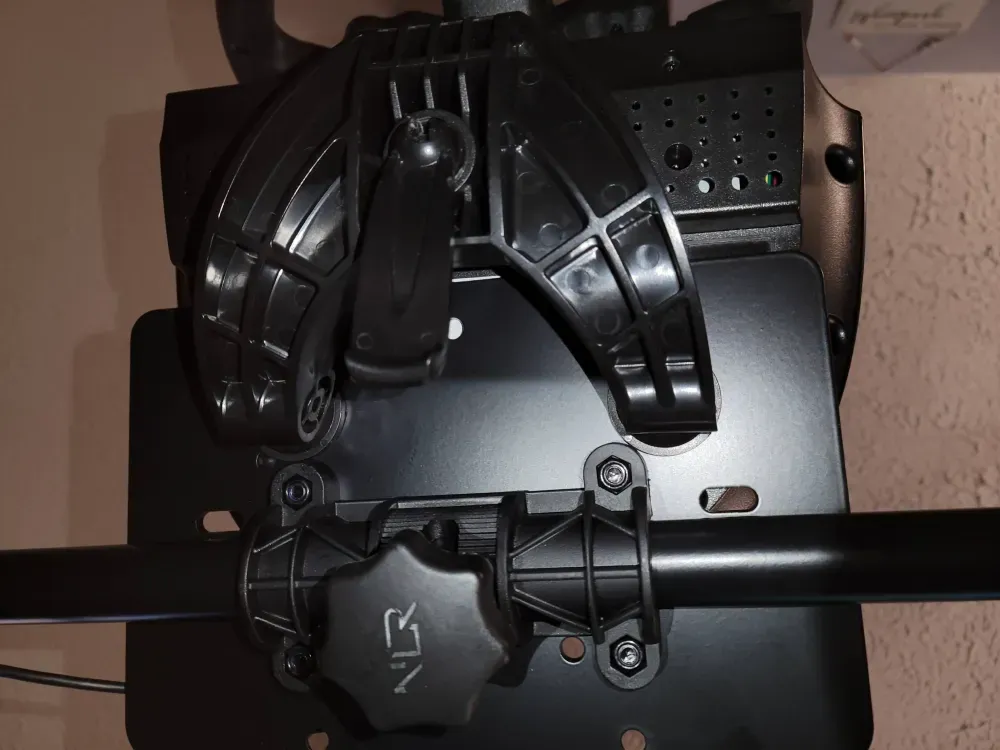
This can be particularly frustrating if you’re a serious sim racer who likes to use load cell pedals for more realistic force feedback. While the pedal tray does have some adjustability, it’s not the most rigid setup, and that flex can take you out of the immersion. Users who race with heavy braking inputs or use force-feedback pedals will likely feel this issue more acutely.
Buy the Next Level Racing GT-Lite Direct From the Manufacturer: Here!
Currently On Sale: -20% $198.85 Amazon
Additionally, the stability of the wheel stand itself has been questioned by some users. I noticed some slight wobbling when I really cranked the wheel hard during sharp turns. While tightening all the components did help a bit, it didn’t completely eliminate the issue. This wobbling can detract from the overall racing experience, especially if you’re looking for a more professional feel from your rig.
Limited Adjustability: Not for Everyone
The Next Level Racing GT-Lite is adjustable, but it doesn’t offer as much flexibility as some higher-end rigs. For example, while the seat can be moved forward and backward, some taller users have noted that the backrest doesn’t go high enough to provide adequate support. In my experience, I had to adjust the seat quite a bit to find a comfortable position, but even at its highest setting, I still felt like the back support wasn’t where I needed it to be.

Additionally, the pedal tray, while adjustable, has its limitations. You can move it up or down, but some users find it difficult to achieve the perfect driving position without additional accessories or modifications. I had to fiddle with the pedals more than I would have liked to find a spot that worked well for my feet.
For shorter or more flexible users, the limited adjustability might not be as much of an issue. However, if you’re tall or have specific ergonomic needs, you may find that the GT-Lite’s adjustments don’t provide quite the level of comfort and precision you’re looking for.
Folding Mechanism and Space Requirements: More Complicated Than Convenient
On paper, the GT-Lite’s foldable design seems like a great solution for those with limited space. However, some users, including myself, have found that the folding mechanism is less intuitive than expected. It requires adjustments to the seating position each time it’s folded and unfolded, which can be time-consuming.
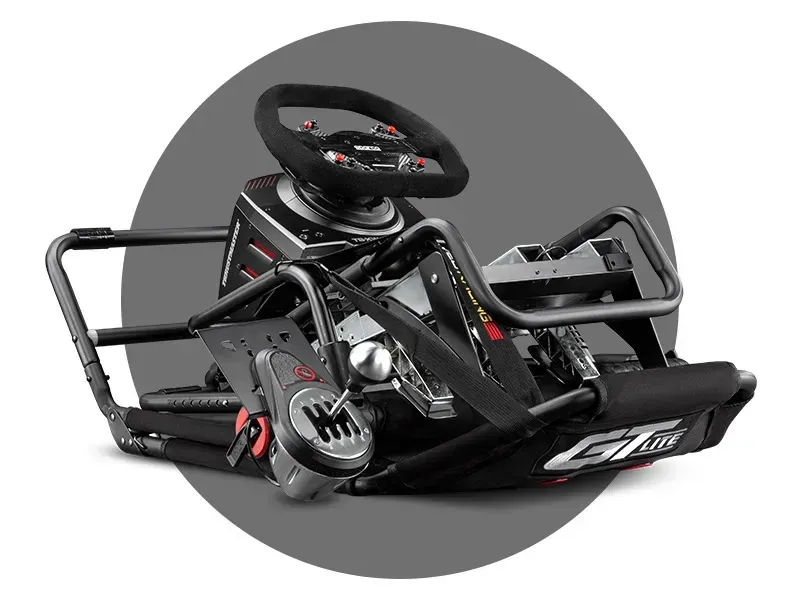
In practice, I found the rig to take up more space than anticipated even when folded. While it’s certainly more compact than other, non-foldable rigs, it still occupies a decent chunk of space when in use. For those with very limited room, this could be a dealbreaker. If you plan on storing the rig between sessions, the folding process isn’t as simple or quick as it could be, and the rig still takes up more room than some might prefer.
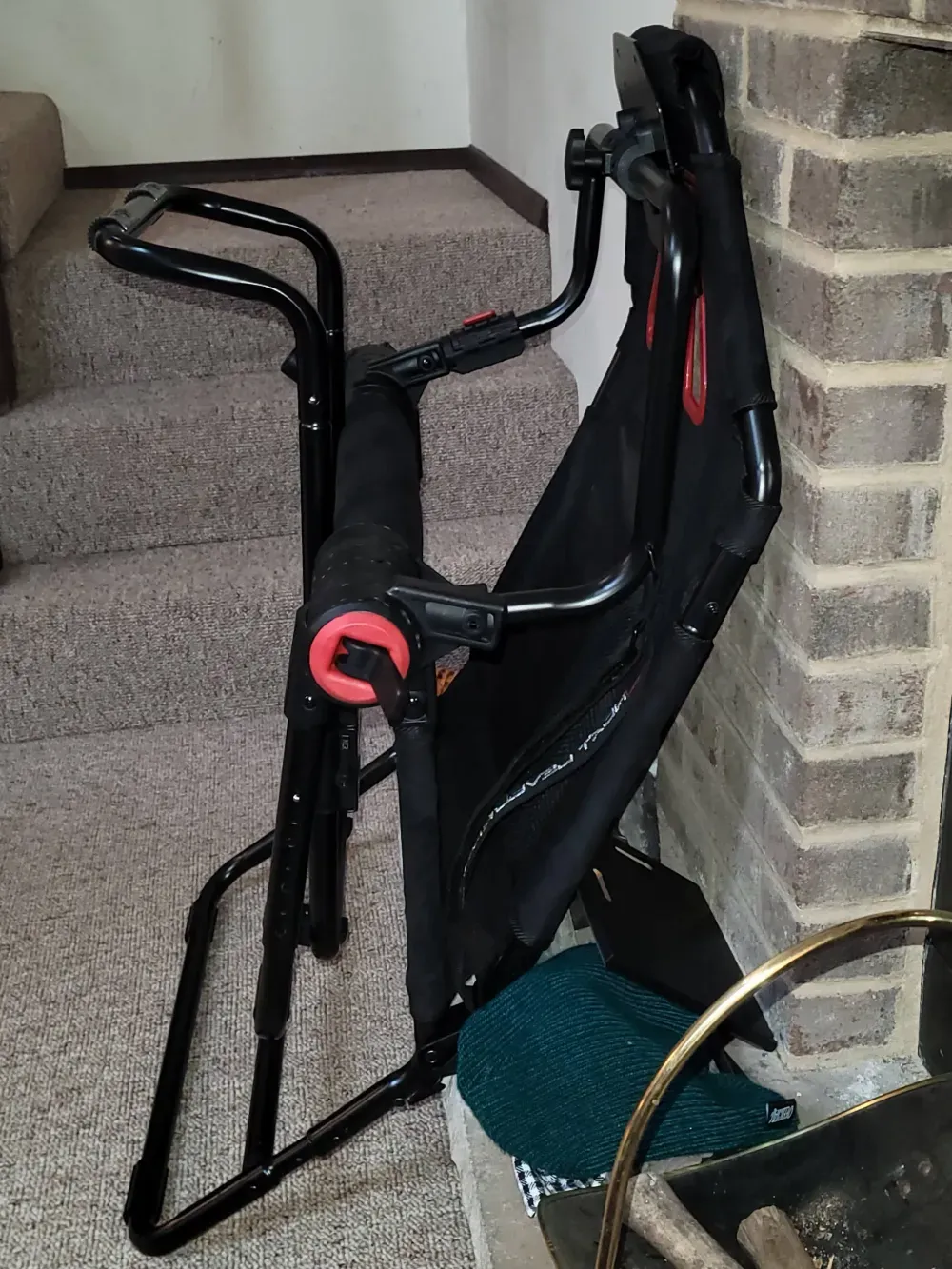
This is a tough balancing act. The folding feature is a great idea in theory, but in practice, it doesn’t always live up to expectations. It’s convenient for those who need to store the rig away, but the time and effort required to fold and unfold it might outweigh the benefits.
Conclusion
The Next Level Racing GT-Lite Foldable Sim Racing Rig offers a solid entry-level option for sim racing enthusiasts, but it’s not without its issues. From comfort problems and limited adjustability to concerns about stability and the folding mechanism, there are definitely some areas that could use improvement. However, for the price, it still offers good value—especially for those looking for a space-saving solution.
If you’re someone who races for long periods and requires a high level of adjustability and comfort, you might want to consider looking at more expensive, feature-rich options. But for casual sim racers or those on a budget, the GT-Lite can still serve as a reliable and functional rig, provided you’re aware of its limitations. Always weigh the pros and cons carefully and determine what features matter most to you in your racing experience.
This post contains affiliate links. If you use these links to buy something, we may earn a commission. Thanks.